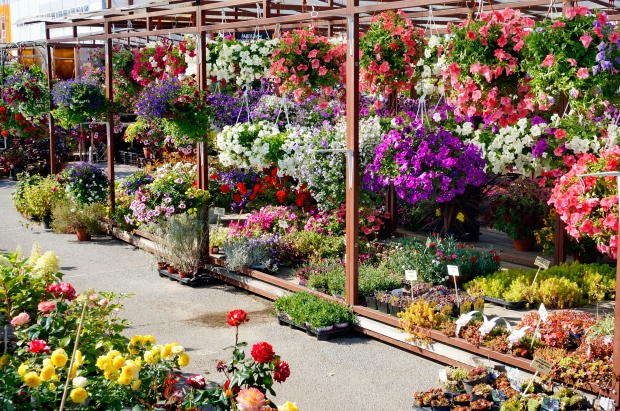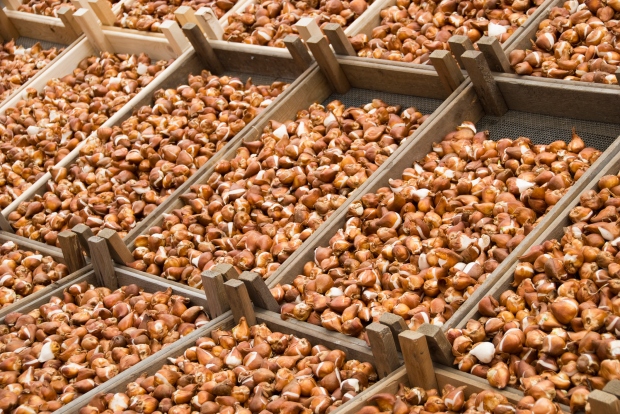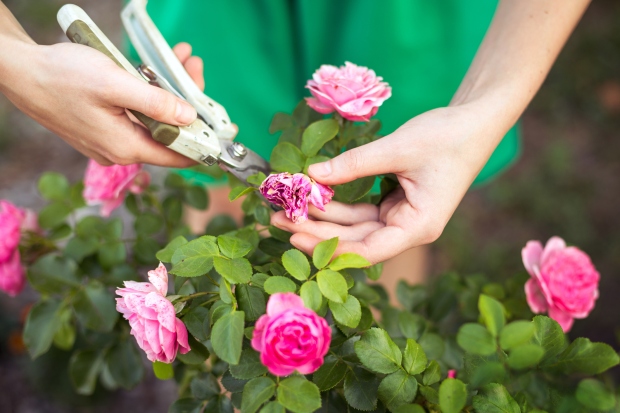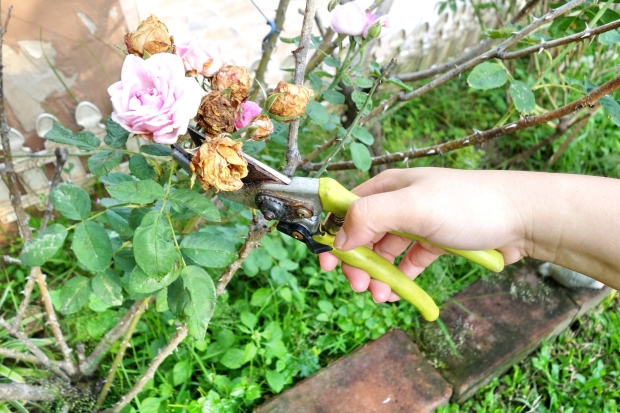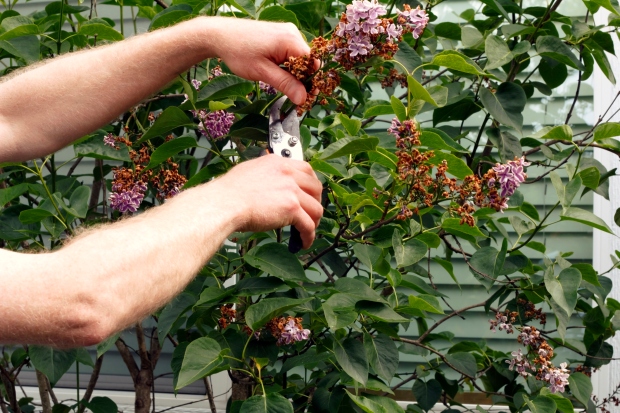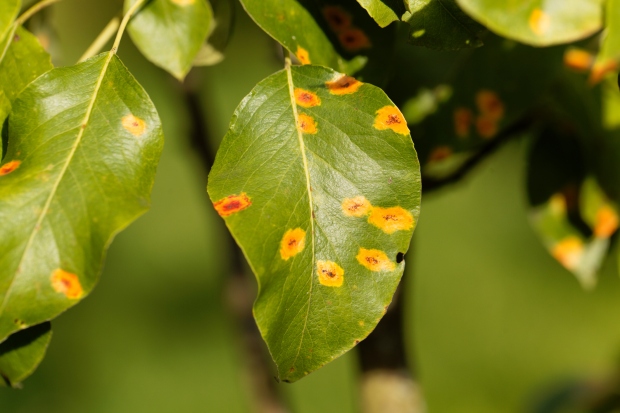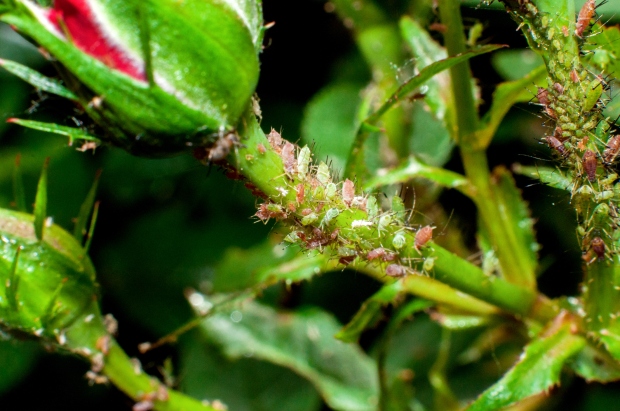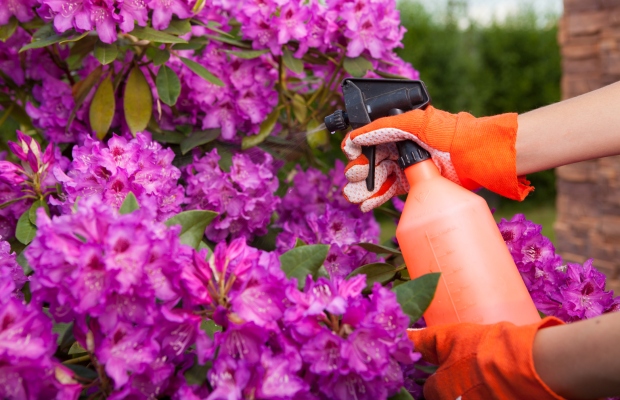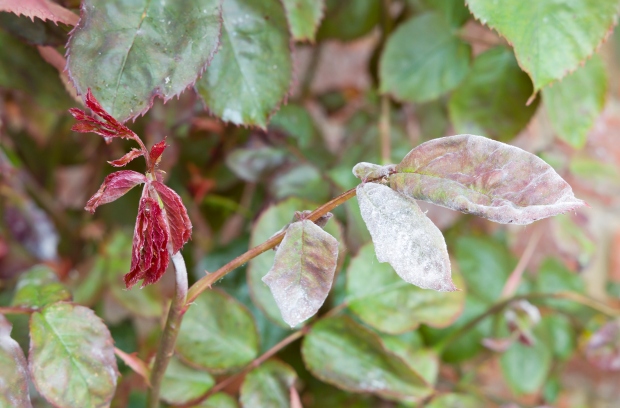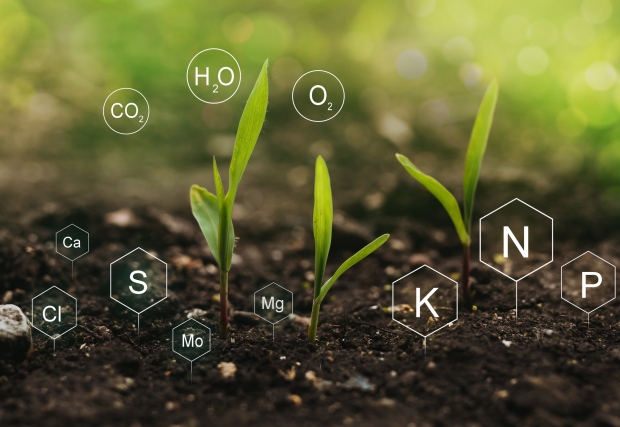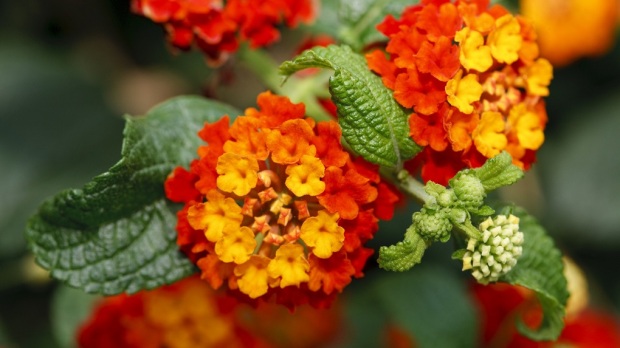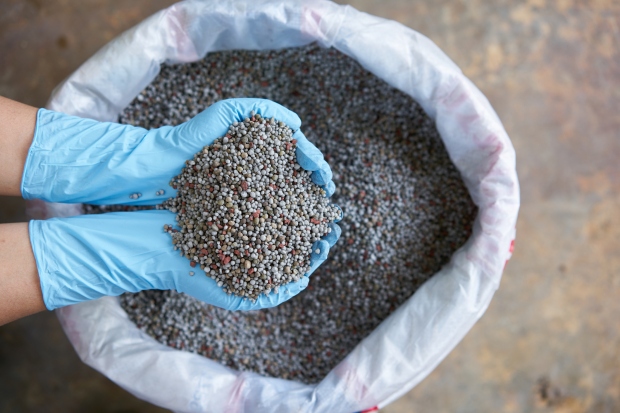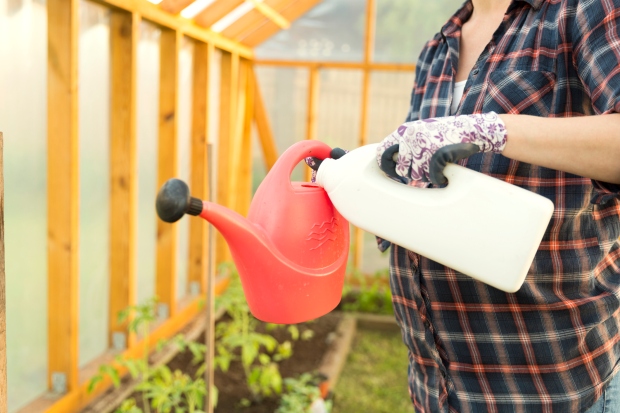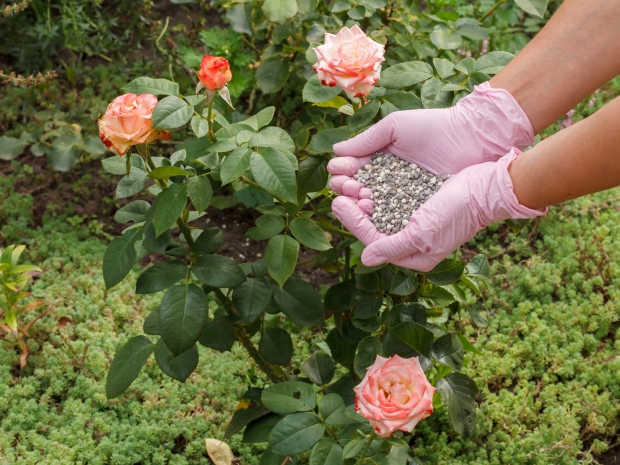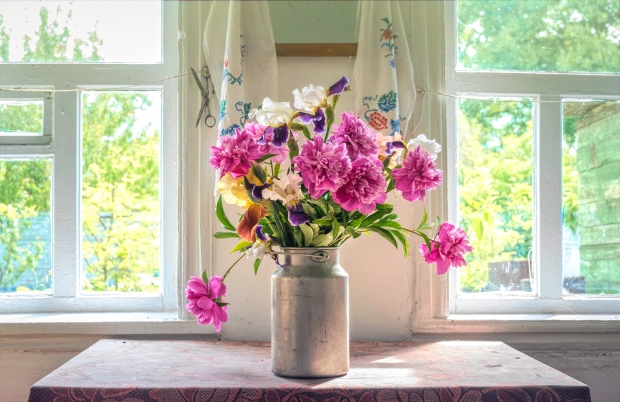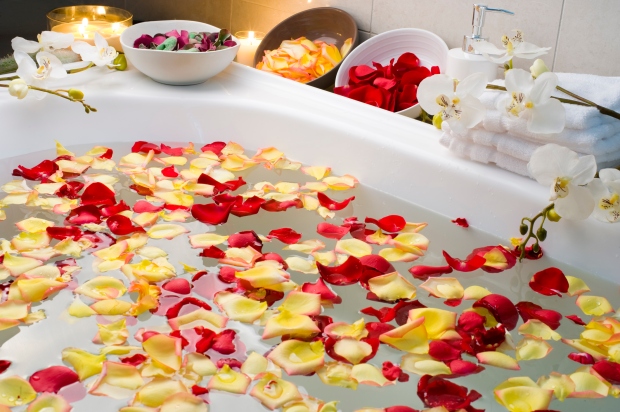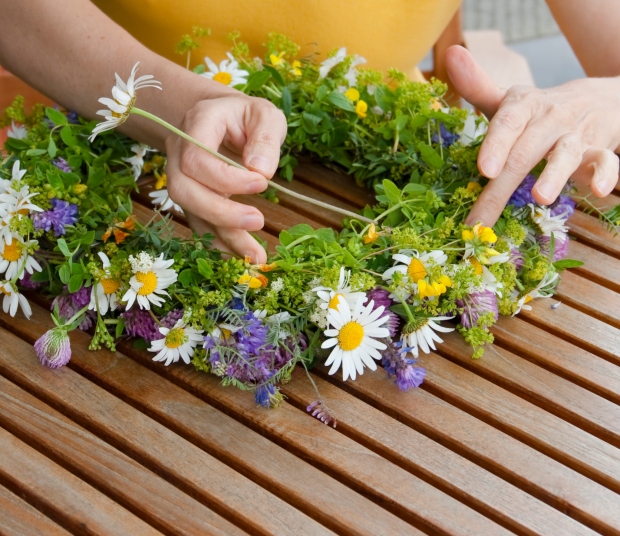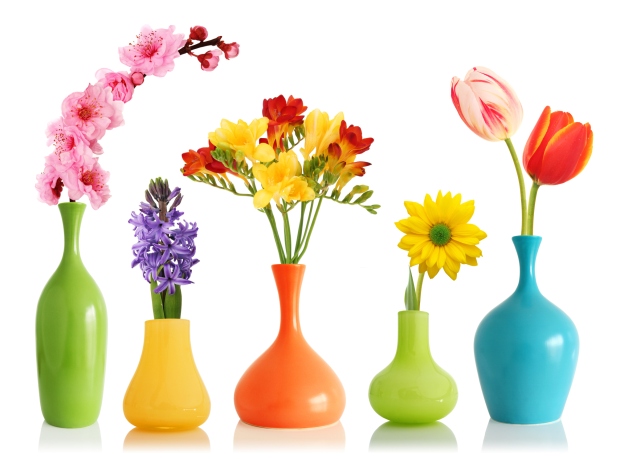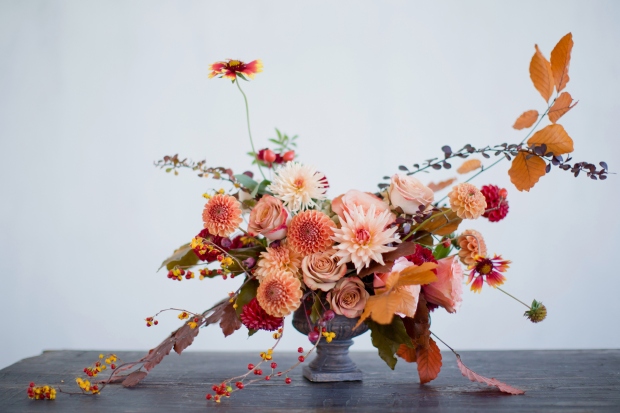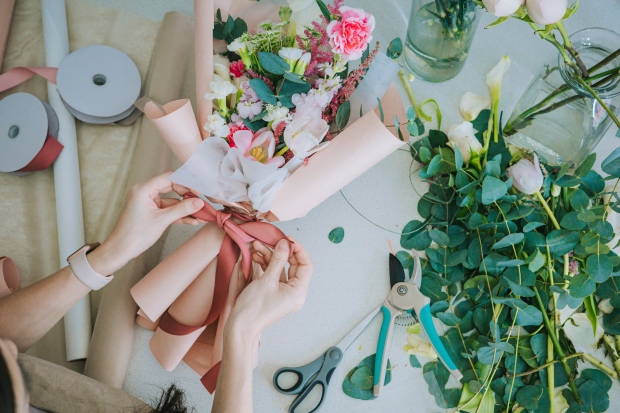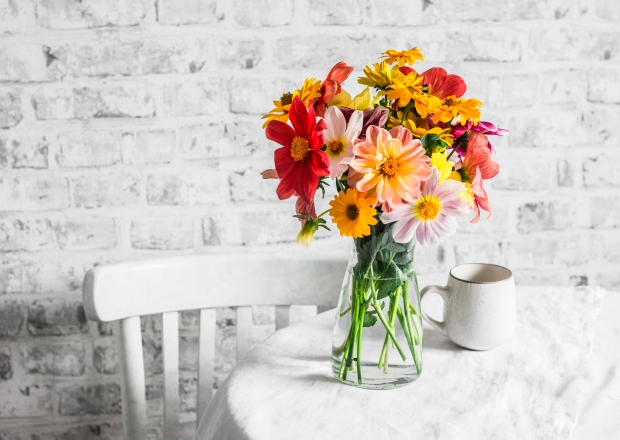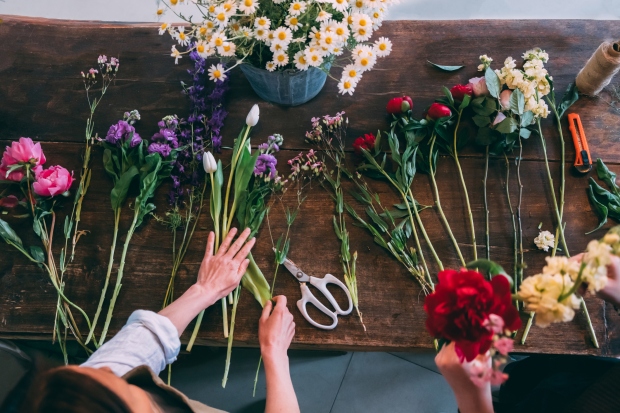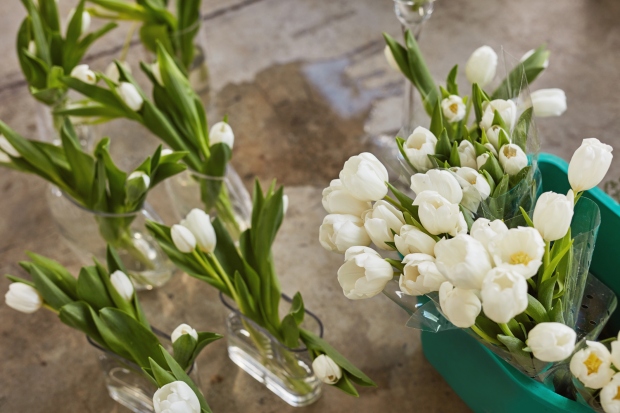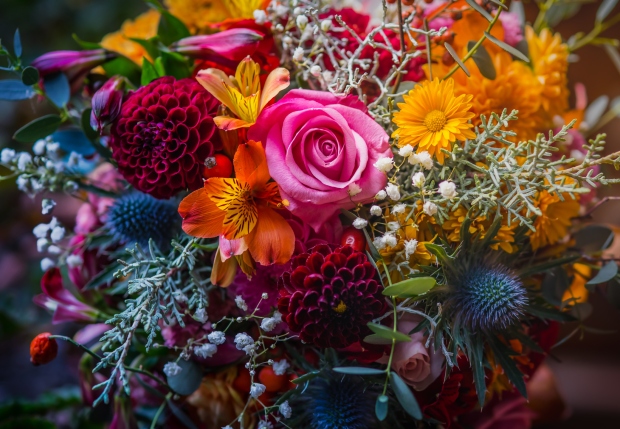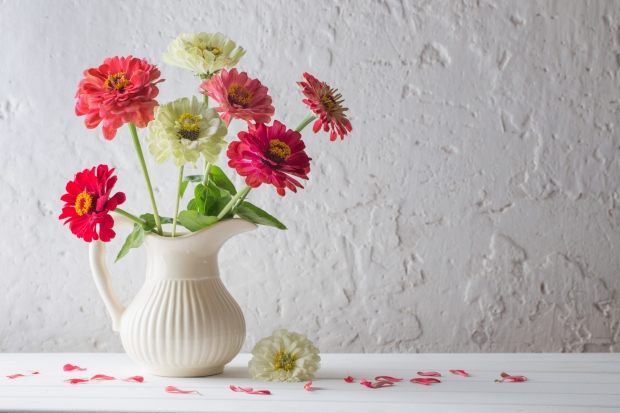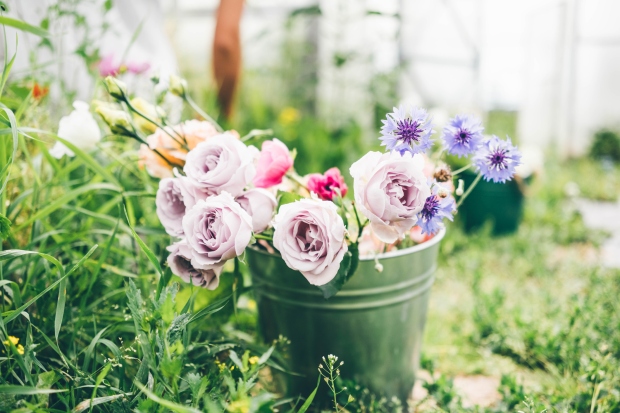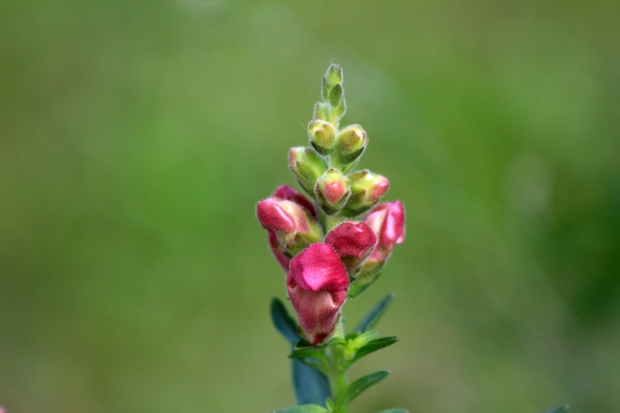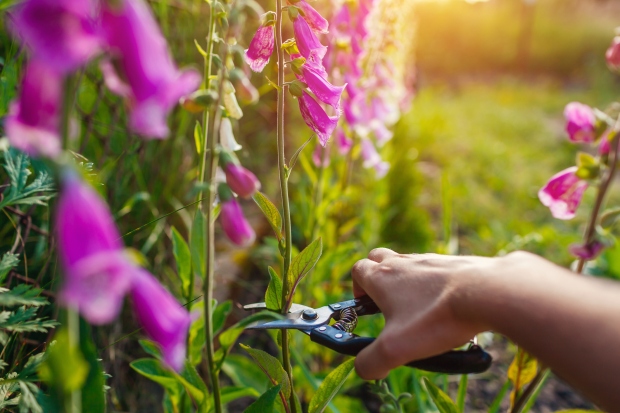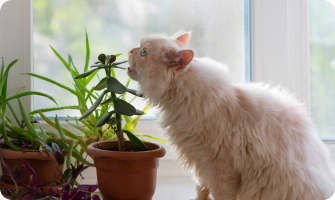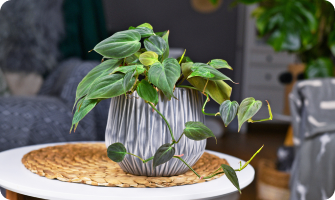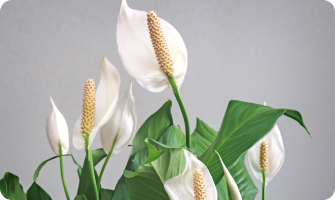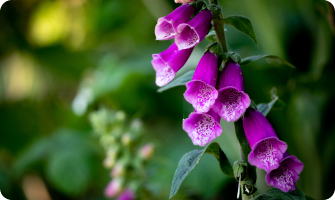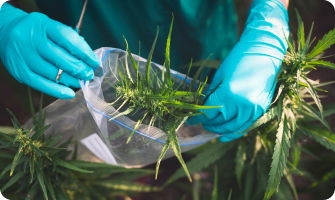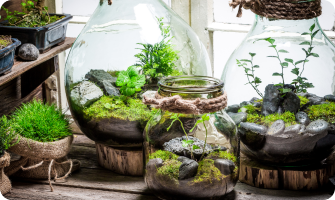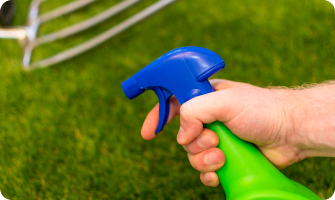Step-by-Step Instructions for Planting Bulbs or Plants
Planting bulbs or young plants is easy, albeit slightly different from planting seeds.
When Should I Plant?
When it comes to young plants, it depends on how cold-tolerant they are.
- Some flowers tolerate cooler temperatures and may even survive a light frost after planting, so you can plant these types before the spring frost-free date for your area. Flowers that tolerate a light frost include pansies, violas, primrose, cyclamen, phlox, geraniums, petunias, sweet alyssum, sweet peas, snapdragons, and lily-of-the-valley.
- On the other hand, some flowers are not cold-tolerant, so you can’t plant them until any threat of frost has passed. Flowers that cannot tolerate a light frost include begonias, marigolds, and impatiens.
When it comes to bulbs, they are best planted in early spring or late fall, depending on when they bloom and if they can handle winter conditions.
- Some bulbs need cold winter temperatures to bloom in the spring. Others bloom so early in the spring it’s hard to get them planted early enough. You need to plant bulbs for these flowers — daffodils, tulips, lilies, irises, crocus, grape hyacinth, snowdrops — in the fall.
- Other flowers can’t handle the cold, wet soil during the winter, so you can’t plant them until conditions improve in the spring. These bulbs include dahlias, gladiolas, canna lilies, and caladium.
Digging an Appropriate Planting Hole
For young plants, use a small garden spade to dig a hole about twice as wide as the container your plants are in and slightly deeper. Pile the soil around the hole to make backfilling easier.
Depending on the bulbs you are planting, and how close together they will be, you can dig small holes or a trench for them. The planting hole needs to be about two times as deep as the bulb is tall.
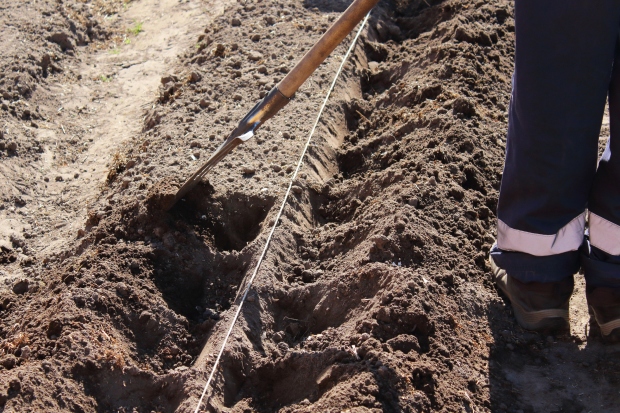
Correct Planting Depth
Getting the planting depth correct is critical for getting bulbs to grow but is less important when planting starts.
- For plants, set them at the same depth they were in the container or bury them slightly deeper. You may need to mound soil at the bottom of the hole to get the right height.
- For bulbs, put them two to three times as deep as they are tall, with the pointy end facing toward the sky.
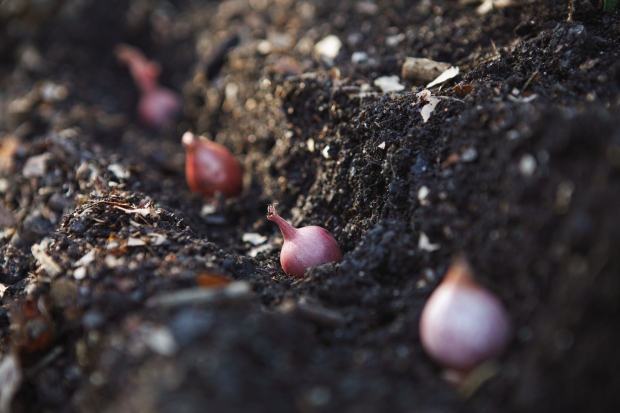
Prepping the Soil to Backfill
One of the biggest questions when planting is whether or not you need to add fertilizer to the soil before backfilling. This answer depends entirely on how you prepped the flowerbed.
If you didn’t amend the soil in the flowerbed before planting, you should mix some organic matter and all-purpose fertilizer into the soil and then use it for backfilling.
- Add fertilizer according to the label directions.
- Add compost to make up about one-third of the soil/compost mixture.
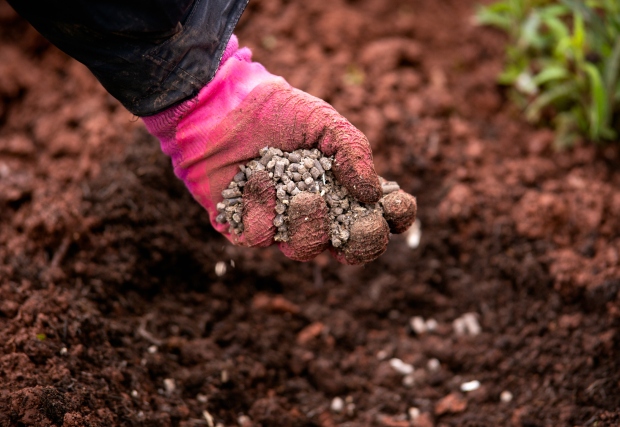
Backfilling the Hole
Using your hands or a garden spade, start backfilling the hole and tamping it down with your hands around the root ball or bulbs. You don’t want the soil packed around it too tight, but you also want to remove the air pockets and support the plant or bulb.
You can slightly mound the hole above the soil surface, as it will settle a bit over time and as you water the flowerbed.
